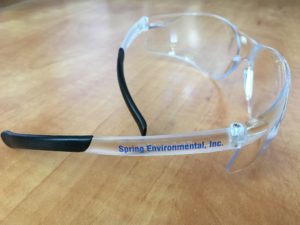Thank you for taking part in the Spring Environmental Monthly HAZWOPER challenge. By submitting correct answers to all 5 questions below on your initial attempt, you will be entered into our monthly drawing. This is an open book challenge. Please don’t hesitate to contact us if you have any questions.
Author Archives: Rory McKinnon
May HAZWOPER Challenge
April HAZWOPER Challenge
March HAZWOPER Challenge
February HAZWOPER Challenge
January HAZWOPER Challenge
December HAZWOPER Challenge
November HAZWOPER Challenge
October HAZWOPER Challenge
OSHA’s Restructuring, What You Need to Know!
The Occupational Safety and Health Administration (OSHA) announced a restructuring initiative for their regional operations to more effectively and efficiently manage their resource. Under the old alignment, the United States and its territories were broken into numbered regions, 1 thru 10 by geographic location. With the realignment comes new regions and regional designations.
OSHA will transition from the numbered system to a geographical naming convention. The biggest changes are the combining of OSHA regions 9 and 10 to form the San Francisco region and the stand-up of the Birmingham Region. The combining of regions 9 and 10 was driven by the presence of state plans in that region which will allow OSHA to redirect Federal resources where they are needed most according to Assistant Secretary for Occupational Safety and Health Doug Parker. The full transition is expected to be completed by the end of fiscal year 2024.
For more information, you can read the OSHA news release here including a map of the new regional structure.

